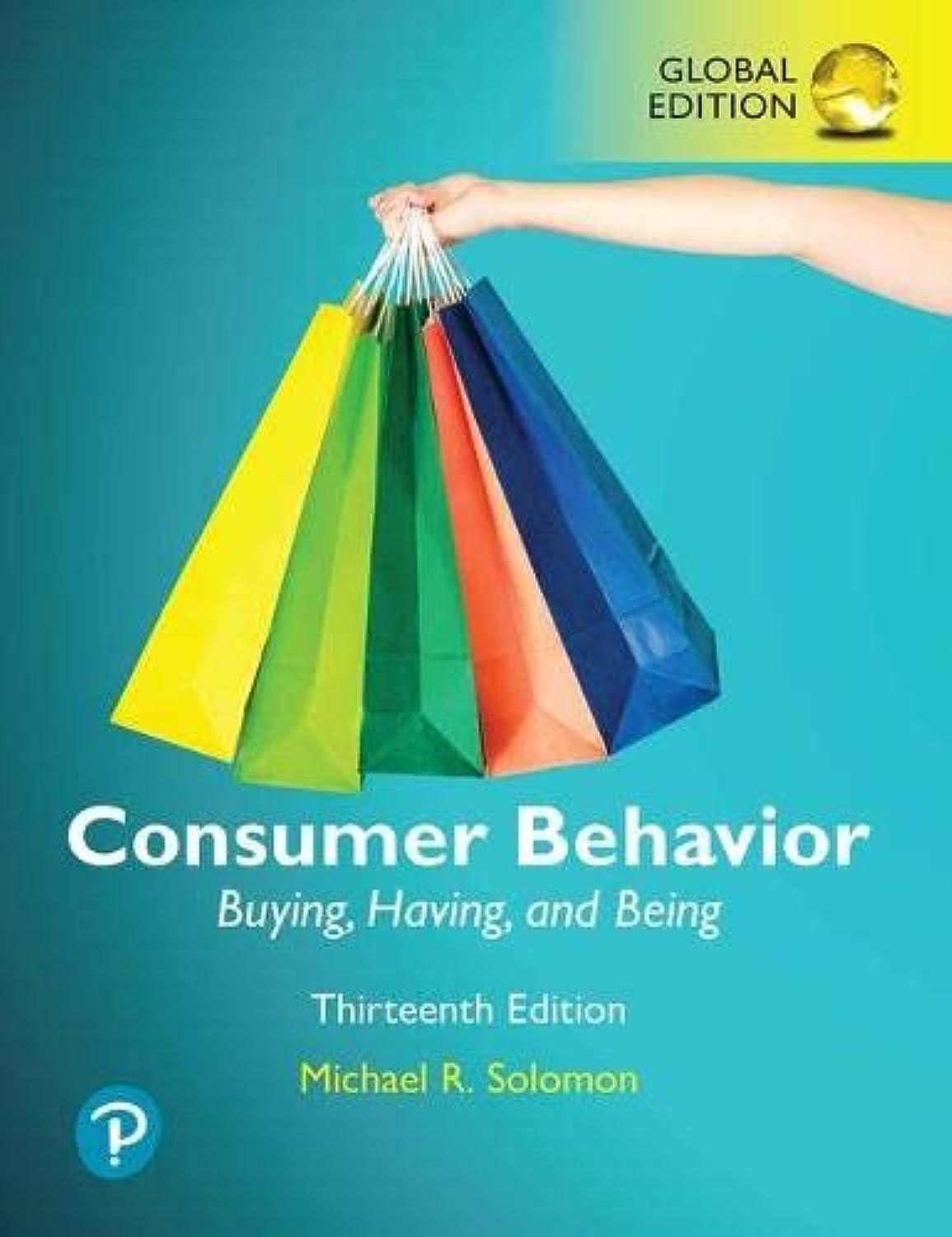Do you fold your pizza slice, peel your orange in one piece, or eat the frosting of
Question:
Do you fold your pizza slice, peel your orange in one piece, or eat the frosting of a cake last? If so, you are practising a food ritual. As we discussed in this chapter, rituals are sets of multiple, symbolic behavior that occur in a fixed sequence and are repeated periodically.174 Rituals are an important component of culture, and there are many rituals that are associated with food.
Perhaps you belong to the category of millions of people who start their break by snapping off the individual fingers of a Kit Kat?
Kit Kat, traditionally a four-finger wafer covered with chocolate, was first produced by the British Rowntree company in 1935 and was born as a chocolate snack that workers could put in their lunchboxes.175 Today, Kit Kat is a global success story: being sold in over 100 countries, 650 Kit Kat bars are eaten every second around the world.176 Its iconic slogan “Have a break, have a Kit Kat” came about in 1958, when advertising executive Donald Gilles created the classic line to emotionally link the brand and the breaking up of the individual wafers with the pleasure of taking a break during a hectic working day.177 One study found that food rituals may enhance our enjoyment of the food we eat. Performing the ritual seems to boost our interest in the food. The eating experience becomes more enjoyable and we find the food more delicious.
Marketers found that participants who performed the ritual were willing to pay more than those who just ate the food without the ritual. This test was conducted with chocolate and lemonade, but it also worked with baby carrots.178 Kit Kat’s ‘Have a Break, Have a Kit Kat’ tagline and its connection with the activity of unwrapping and eating the chocolate bar is one of the most important communication tools for the brand. Using humor, the brand successfully incorporates this in its promotional activities and marketing campaigns from Europe to Australia.179 For instance, in the 1989 Dancing Panda advertisement, it depicts a photographer taking a break with a Kit Kat while waiting for a dancing panda to appear. And as he takes the well-deserved break, viewers get a glimpse of some pandas roller skating in the background. The comic spin on the brand’s tagline was an immediate success with the audience.180 Over the years, the company discovered through market research that the rituals associated with Kit Kat had slightly evolved from the “traditional” breaking style to people dunking, nibbling, and stirring their Kit Kats. Nestle used these trends as an opportunity to launch new products backed by a global advertising campaign: a chunky bar, for example, was introduced for the nibblers as well as a vanilla four-fingered version for those who use the individual fingers for stirring their coffee.
DISCUSSION QUESTIONS CS 14.1 Do you have your own ritual with a certain product that is not commercialized in the brand’s marketing activities yet? How could the brand’s marketing team make this a ritual for a wider audience?
CS 14.2 Which trends would that company need to look out for to keep the ritualized aspect current?
CS 14.3 What do you think are the advantages and disadvantages in ritualizing elements of a brand in general?AppendixLO1
Step by Step Answer:

Consumer Behavior Buying Having And Being
ISBN: 9781292318103
13th Global Edition
Authors: Michael R. Solomon





